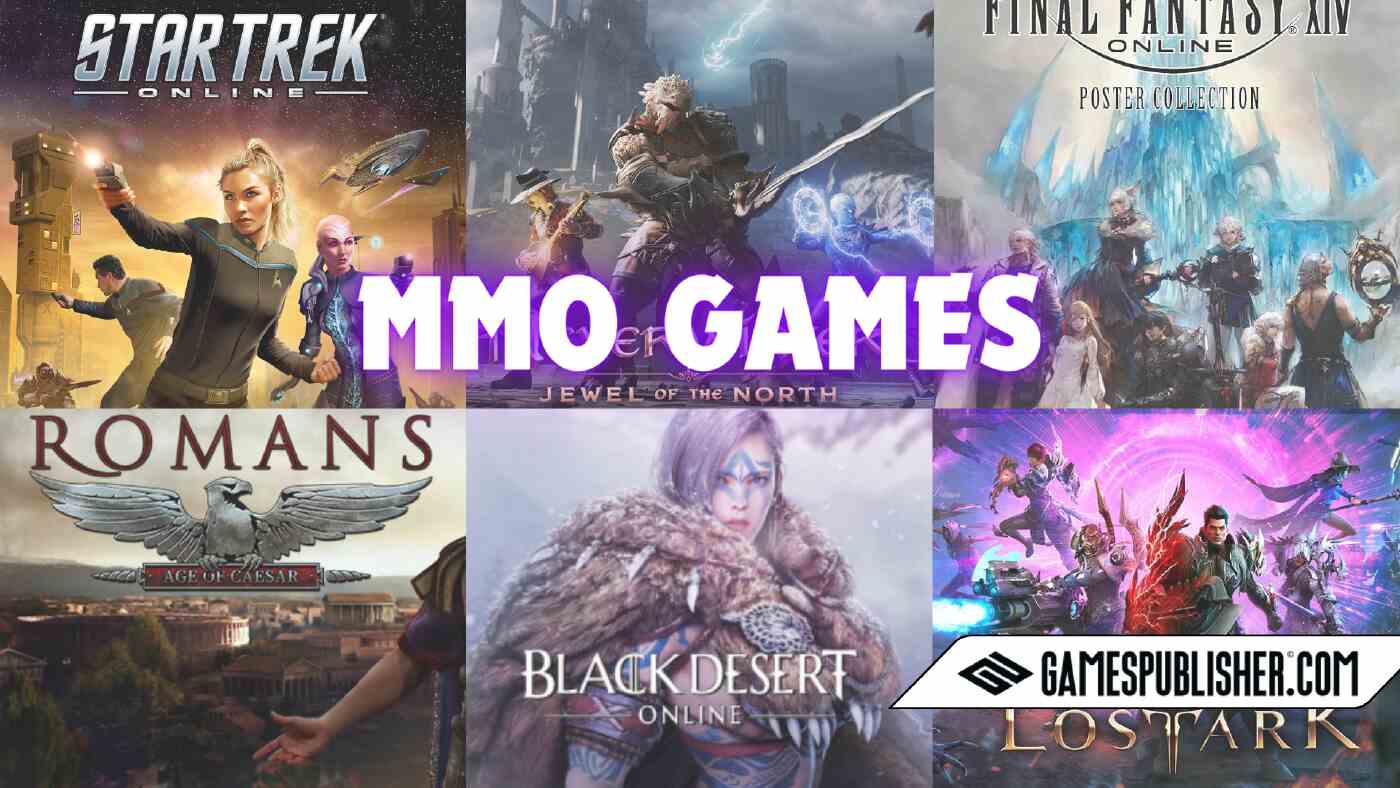MMO games (Massively Multiplayer Online) blend persistent worlds, social systems, and deep progression mechanics creating immersive experiences like Final Fantasy XIV, Eve Online, and World of Warcraft. Over the decades, MMOs have evolved from simple text-based adventures to rich graphical journeys capturing the imagination of millions.
As we approach 2024, the MMO landscape is poised for another exciting transformation with several anticipated new releases and expansions. This year promises to enhance the genre’s depth and accessibility, potentially redefining how we play together online.
Upcoming MMO Releases in 2024
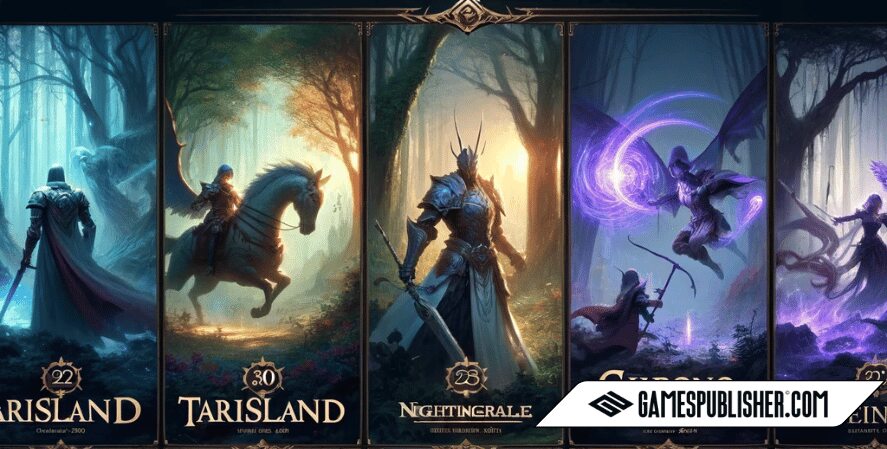
Tarisland
Set in a fantastical universe, Tarisland offers players a choice among nine distinct classes, each bringing unique abilities to the fore. This game emphasizes a fair play environment, notably eschewing the often-criticized pay-to-win mechanics.
Players can look forward to exploring Tarisland’s expansive, mythical realms via cross-platform play, ensuring they can stay connected with friends on various devices.
Myth of Empires
This sandbox MMO games thrusts players into a dynamic world where they can build and expand their empires. The game stands out with its in-depth construction systems and the ability to engage in epic cross-server fortress battles.
Additionally, players can interact with a diverse array of wildlife, which they can tame and use to their advantage in carving out their dominion.
ArcheAge 2
Known for its stunning visuals and dynamic gameplay, ArcheAge 2 also comes with its share of skepticism, particularly regarding its monetization strategies.
This sequel aims to captivate players with its advanced graphics and a more enriched player-driven narrative, hoping to address and rectify past criticisms.
Key Features to Look Forward to
Cross-Platform Gameplay
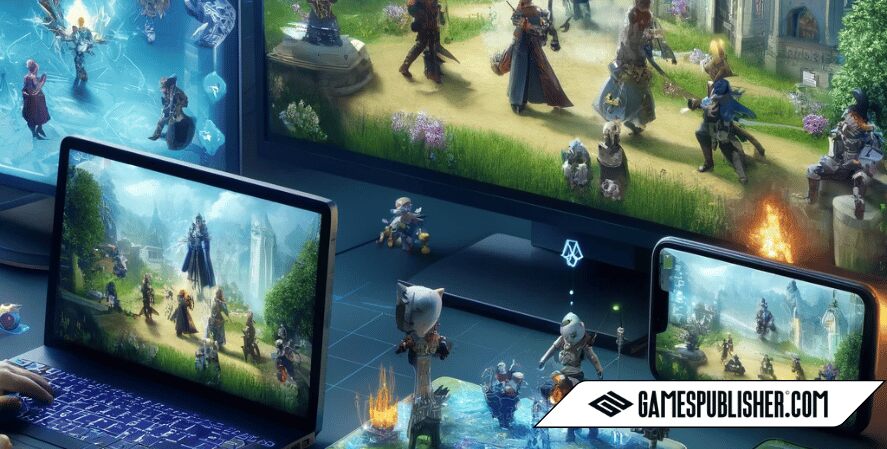
An increasing number of game developers are embracing the trend towards cross-platform play, enabling a seamless gaming experience across various devices. This approach not only broadens accessibility but also supports a larger, more interconnected community of players.
Enhanced Graphics and Immersion
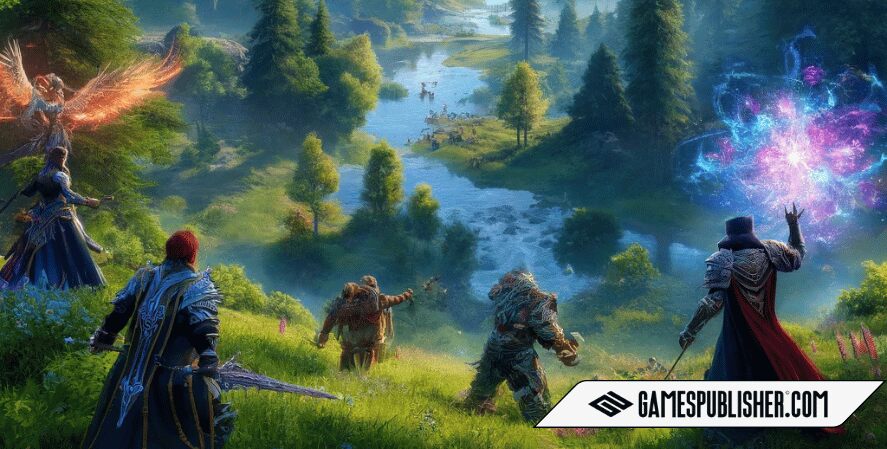
Technological advancements continue to push the boundaries of what’s possible in video gaming.
Upcoming MMOs in 2024 will feature more immersive worlds, powered by advanced graphics and audio that draw players deep into the game.
Understanding Player Motivation in MMO Design
A key factor in MMO game success lies in understanding why players engage. Richard Bartle’s taxonomy categorizes players into Achievers, Explorers, Socializers, and Killers each driven by distinct in-game goals. Achievers seek rewards and progression, while Explorers enjoy uncovering secrets and lore. Socializers thrive in community-driven environments like guilds and chat systems, and Killers are motivated by competitive dominance.
By catering to these diverse motivations through game systems quests, PvP arenas, crafting economies, or social hubs—developers ensure a broader, more loyal player base. This behavioral framework is essential in shaping gameplay loops and content updates that resonate with MMO audiences.
Community and Social Interaction

New MMO games are focusing heavily on community-building features and social interactions. These games are designed to foster a sense of belonging and encourage collaboration and competition within highly engaged and active communities.
The Role of In-Game Economies in MMOs
In-game economies are a vital part of MMO gameplay, often serving as the backbone of long-term engagement. These systems allow players to trade resources, craft goods, and accumulate wealth through virtual marketplaces or auction houses. Some games, like Eve Online, are renowned for their complex player-driven economies, where major corporations control resources and wars can influence market prices.
To prevent inflation and economic imbalance, developers implement currency sinks—mechanics that remove money from circulation, such as repair costs or marketplace taxes. The health of an MMO’s economy directly affects the value of player labor and the perceived fairness of progression. Crafting professions, resource farming, and gear trading all become meaningful when economies are stable, fostering collaboration and competition within the community.
How Events Keep MMOs Fresh
Live events and seasonal content breathe life into persistent MMO worlds, encouraging players to log in regularly and engage with time-limited experiences. These events often introduce exclusive quests, mini-games, holiday themes, or limited-edition gear that can’t be obtained otherwise. Whether it’s a summer festival in Final Fantasy XIV or a Halloween-themed raid in World of Warcraft, such events build anticipation and community excitement.
Many MMO games now use rotating seasonal content or crossover collaborations with other franchises to diversify gameplay. These events also serve as a platform for developers to unveil upcoming patches or expansions, keeping players informed and engaged. Regular content updates tied to live events are a proven strategy for retaining veteran players and reactivating lapsed ones.
Challenges and Concerns

Despite the excitement surrounding new releases, the MMO Gaming Community continues to face significant challenges. Key concerns include:
- Monetization Practices: The balance between free and paid content remains a contentious issue, with many players wary of games that offer pay-to-win advantages.
- Engagement and Retention: Keeping a large player base engaged over time is increasingly challenging. Developers must continuously innovate to keep the content fresh and engaging to maintain their player base.
- Managing a stable in-game economy takes careful planning. Developers must make ongoing tweaks to support all players and prevent inflation.
MMO Monetization: Striking a Fair Balance
Monetization remains one of the most debated aspects of MMO development. While some titles rely on subscription models (Final Fantasy XIV), others adopt free-to-play systems with optional microtransactions (Guild Wars 2, Black Desert Online). The key challenge is ensuring these systems don’t tip toward pay-to-win mechanics, where spending money gives unfair gameplay advantages.
Battle passes, cosmetic-only stores, and seasonal expansions are increasingly popular as fair alternatives. Players tend to accept monetization when it’s transparent and optional, particularly if the base game offers rich content. Poorly balanced monetization, however, can fragment communities and drive away competitive players. The most successful MMO games find harmony between developer revenue and a level playing field.
Scalability and Technical Infrastructure

Behind the seamless experience of MMO games lies a complex network of servers, real-time data synchronization, and load balancing systems. These games must support thousands of concurrent players without sacrificing responsiveness or stability.
Technologies like distributed databases, sharding (splitting server loads across zones), and cloud computing (e.g., AWS GameLift, Google Cloud) allow MMO games to scale dynamically during peak times or major content drops.
Downtime or lag during massive PvP battles or raid events can severely impact player retention, making infrastructure optimization a core pillar of MMO success. Developers also employ predictive AI and player-behavior analytics to allocate resources more efficiently and enhance gameplay reliability.
Empowering Players Through Custom Content
Some MMO games are beginning to hand creative tools directly to players. Player-driven content such as custom dungeons, scripted quests, and user-built environments offers endless replayability. Neverwinter famously allowed players to publish their own missions through the Foundry system, while sandbox games like Dual Universe let players construct vast space stations and cities from scratch.
These features not only enhance gameplay diversity but also foster a sense of ownership within the community. Modding tools and builder-friendly mechanics turn players into contributors, helping to evolve the game world beyond what developers alone could achieve. As community-driven content grows, it becomes a key pillar of longevity for many MMOs.
Frequently Ask Questions (FAQs)
A video game supporting hundreds+ players simultaneously in a persistent online world.
They feature player-driven markets with virtual currency and item trading, sometimes tied to real-money value.
Due to dynamic progression systems, social interaction, community belonging, and varied play styles (Bartle categories).
Models vary: subscription, free-to-play (with microtransactions), or one-time purchase plus expansions.
Leading titles include Final Fantasy XIV, Eve Online, Dual Universe—each with distinct world design, economy, and community systems.
What’s Next for MMOs?
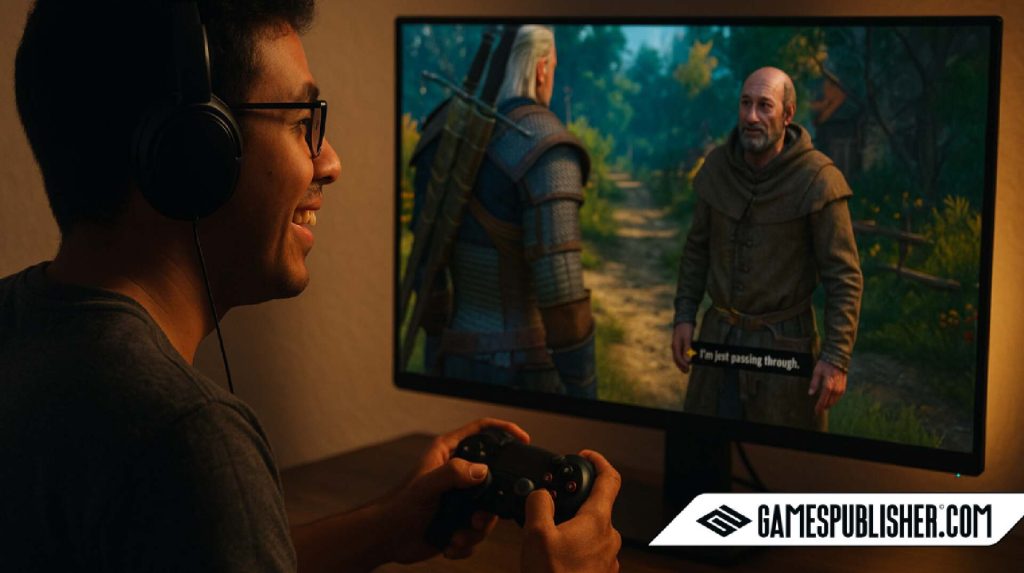
The future of MMO games design looks increasingly ambitious. Developers are experimenting with AI-powered NPCs that respond dynamically to player actions, creating more personalized experiences. The rise of virtual and augmented reality could also bring new layers of immersion, especially in social hubs and exploration-focused titles.
Blockchain elements, such as digital asset ownership and decentralized economies, are being tested in a few experimental MMOs though this remains a polarizing topic. More promising is the trend toward hybrid genres, where survival, simulation, or roguelike elements blend into the MMO space. As technology evolves, MMO games are poised to become more interactive, adaptive, and socially rich than ever before.
Conclusion
The lineup of MMOs set to release in 2024 could greatly impact the gaming world. Thanks to new technology, stronger community features, and fairer monetization, the future looks bright for MMO games.
These upcoming titles aim to deliver more than just fun. They offer immersive experiences that may change how we connect in virtual worlds. MMO games continue to evolve, drawing in both longtime fans and new players. It’s shaping up to be an exciting year for online gaming.
Want to dive deeper? Subscribe for our exclusive MMO dev insights, guides, and economy analysis!
Loading survey...

